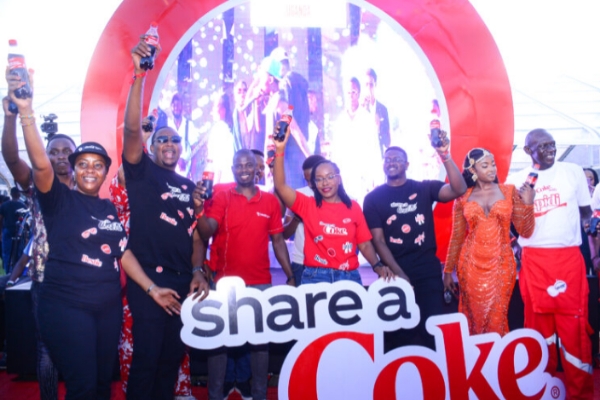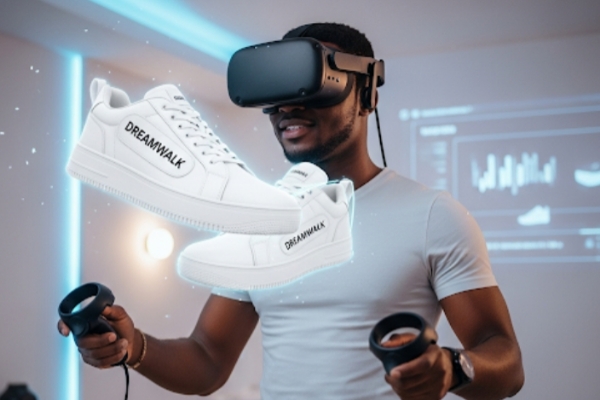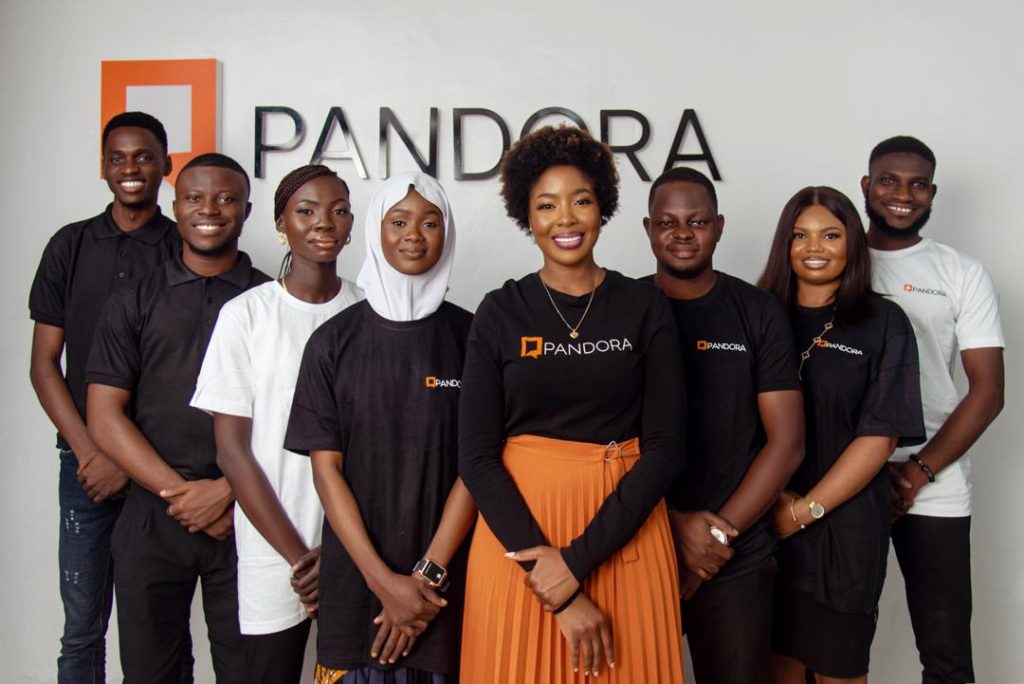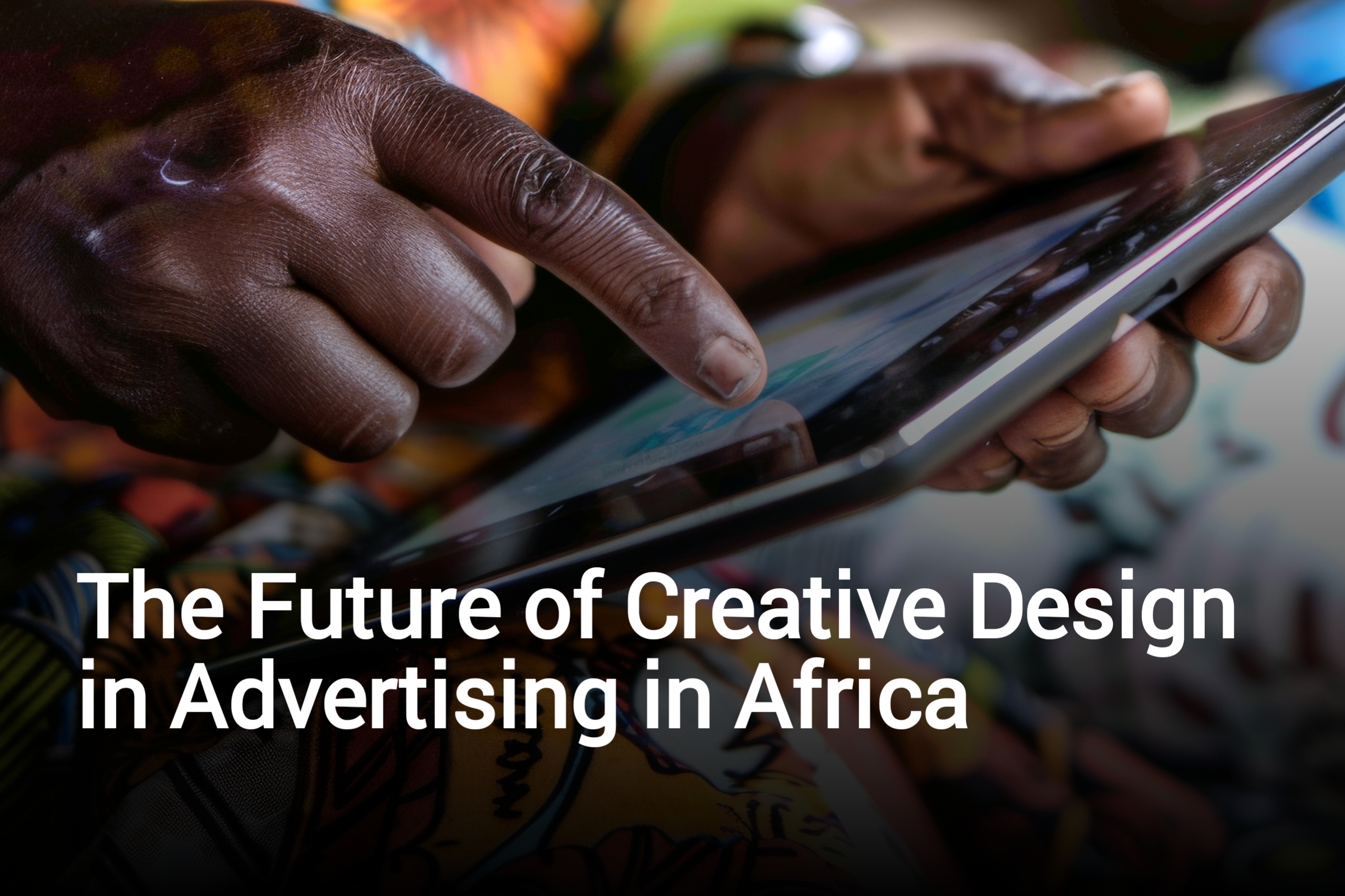Immersive Digital Storytelling
In April 2025, Coca-Cola Kenya revived its globally iconic “Share a Coke” campaign with a fresh, digital-first twist. Bottles and cans carried popular Kenyan and Ugandan names, replacing the logo with personal touches that instantly sparked curiosity and excitement.
The campaign went beyond packaging. At JKUAT (Kenya) and MUBS (Uganda), Coca-Cola set up a virtual portal that allowed students in both countries to interact in real time.
This merged physical activation with immersive digital storytelling, making the campaign feel both local and global. This caused a pull into a story so consumers feel like participants, not just observers.
Immersive Digital Storytelling goes beyond telling people about a product; it creates an experience they can interact with, remember and share.

Static Design Remains Foundational When It Tells a Story
Static visuals, whether billboards, printed graphics, or social media designs, still serve as the first visual hook that captures attention. In physical markets across Africa, they remain highly effective.
However, in a digital-first era, static design flourishes only when embedded in a broader narrative. A single image might catch the eye.
The story behind it keeps people talking. Nielsen reports that story-driven ads generate 60 percent higher brand recall than those without a narrative.
Motion Graphics: Bridging the Micro-Attention Gap
At Pandora, Static design is not an endpoint but a spark, a visual invitation to a larger journey. On average, Africans spend nearly 3 hours per day on social media. Yet, attention spans have dwindled to a mere 8 seconds, shorter than that of a goldfish.
This shift has made motion graphics indispensable. In just seconds, motion can convey emotion, clarity and brand personality, turning views into memorable impressions.
Cisco projects that video will account for 82 percent of all internet traffic in Africa by 2027. Without motion, campaigns risk being ignored even if they’re visually strong.

AI: A Creative Partner, Not a Replacement
AI isn’t here to replace human creativity. Instead, it empowers it. In Africa, 61 per cent of marketing leaders are using AI to optimize content, generate design variations and personalize messaging.
At Pandora, AI automates the repetitive, freeing our creative teams to focus on cultural context and storytelling that resonates. It’s the difference between designing faster and designing with meaning.
A 2024 GeoPoll survey found that 7 out of 10 digital ads in Africa fail to capture audience attention at all. That’s billions of naira spent on creative collateral that never lands.
This isn’t just startling, it’s a call to action. To break through, creative design needs to do more than look polished. It needs to engage, resonate and carry narrative weight.

The Rise of AR and VR
AR and VR are pushing the boundaries even further. Imagine a consumer in Ajah, Lagos, trying on sneakers through AR filters on Snapchat or a Cape Town family virtually walking through a new home advertised by a property brand. These experiences aren’t futuristic; they’re happening now.
In fact, Meta reports that more than 200 million people worldwide already use AR filters monthly, with adoption in African markets growing rapidly. Africa’s advertising industry is experiencing its fastest growth phase in decades.
According to PwC’s Entertainment and Media Outlook, Nigeria, Kenya, and South Africa will collectively see advertising revenues exceed $12 billion by 2026, with digital channels accounting for more than half.
The days when a catchy radio jingle or a colorful print campaign could dominate the market alone are fading. Today’s consumer lives on their phone, switching between Instagram, TikTok, YouTube and streaming platforms like Showmax or Netflix.
“Creativity is not just an industry function; it is the pulse of how brands connect with people. As Africa embraces a digital-first future, the role of design is transforming faster than ever before. Static visuals remain foundational, motion graphics are redefining engagement, and AI is accelerating how we bring ideas to life. Yet, at the core of all this change, one truth stands firm: storytelling is still what moves people.“
The digital-first future reshapes the creative rulebook in African advertising but doesn’t erase the core: storytelling. Static design gives us presence. Motion gives us engagement. AI gives us scale. And storytelling ties it all together.

At Pandora, we’re not waiting for this future; we are designing it every day.
Do you want to create campaigns that stand out in Africa’s digital-first world? Reach us at [email protected]
Do you need a brand guideline template to guide your creative identity?
Download Pandora Agency Limited brand guideline template for startups and entrepreneurs



Leave a Reply